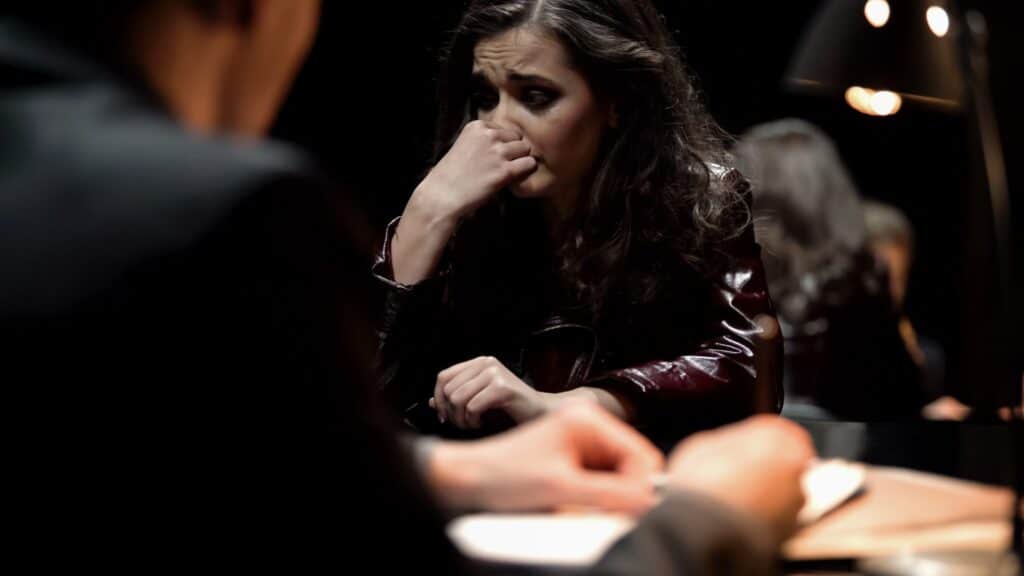Let’s say you get arrested for a crime. Police claim that you robbed a convenience store at gunpoint. There were three people in the store at the time, and they all claim to have seen you do it. You get brought into the police station and get put into a lineup. One of the witnesses points to you and says they’re sure you’re the one. Police take your picture and it gets put into a photo array – a book of mug shots just like the one the police just took of you – for the other two witnesses to look through. They also both point to your photo. Because of these eyewitness identifications, you get charged with robbery.
At the time of the robbery, however, you were miles away, walking through a park, all alone.
Eyewitness Identifications are a Common Way to Get Charged with a Crime
Eyewitness identifications are one of the most widely-used tools that police have to investigate crimes. By using other people as witnesses and relying on what they say they saw, law enforcement can cover a lot of ground and see lots of things that they otherwise would never be able to see.
Unfortunately, recent science has shown that eyewitness identifications are far from perfect.
The Unreliability of Eyewitness Identifications
Despite how heavily police rely on eyewitness identifications to investigate crimes and prosecute suspects, science has increasingly found that they’re not only imperfect, but so fraught with inaccuracies that, in many circumstances, they’re downright unreliable.
For example, researchers have found that eyewitnesses who only see some of a crime, rather than the entire thing, often show confirmation bias by adding to what they “saw,” or changing what they claimed to see, based on what they hear about the part of the crime that they didn’t personally witness. Unfortunately, this accounts for most of the eyewitness testimony that happens – it’s rare for a single witness to see a crime in its entirety.
Another reason why eyewitness testimony is inherently unreliable is that, during the commission of a crime, bystanders are under a lot of sudden and unexpected stress. They often scramble to get away from the situation, leaving them little attention left to spend on watching what happens. The mental strain that they’re going through often influences what they claim to have seen, resulting in false details and made up stories.
Maine Criminal Defense Attorney William T. Bly
Fighting against eyewitness testimony is an uphill struggle, because juries often rely heavily on what a witness claims to have seen. Finding inconsistencies in an eyewitness’ story can be incredibly tricky, especially when there are so few of them. It is in these cases that you really need a solid criminal defense attorney on your side. William T. Bly has built a reputation as a fierce advocate in the courtroom, fighting for his clients throughout the state of Maine against criminal charges.
If you’re facing criminal charges, contact the law office of William T. Bly at (207) 571-8146 or online.


